Table of Contents
Wrist pain. To some of us, it is something we experience after sleeping in an awkward position or after a particularly aggressive game of Frisbee. For others though, it can be something much more worrisome. For those of us working at a computer 8-10 hours a day, constantly hammering the mouse and forcing your wrist into awkward postures just to get through the day’s workload, wrist pain can signal the beginning of an office worker’s worst nightmare. I’m talking about Carpal Tunnel Syndrome (CTS).
What is Carpal Tunnel Syndrome?
Known as an Repetitive Strain Injury (RSI), carpal tunnel syndrome is also known as median nerve compression, which a condition that causes numbness, tingling, or weakness in your hand. It happens because of pressure on your median nerve, which runs the length of your arm, goes through a passage in your wrist called the carpal tunnel, and ends in your hand. For those of us working at a computer all day this can easily happen when you use a traditional everyday mouse. Look at your hand on the mouse at this exact moment. Are you palm-down with the part of your wrist directly under your palm resting on the desk? The answer is most likely yes. And that means you’re putting yourself at risk for developing Carpal Tunnel Syndrome. Don’t worry too much, CTS can take time to develop and if acted upon during the early symptoms can be fixed before the “nuclear” option of surgery is needed.
What are the Symptoms?
There are some early symptoms of CTS that should alert office workers that it might be time to make a change to their workstations:
-
Burning, tingling, itching, or numbness in your palm and thumb or your index and middle fingers
-
Weakness in your hand and/or trouble holding things.
-
A “shock” like feeling that moves through your hands into your fingers.
-
Tingling sensation that creeps up your arm.

At this point, I think we can all agree that NONE of these symptoms sound like a particularly fun time. Now let us look at what causes Carpal Tunnel Syndrome and how you can avoid it!
What causes Carpal Tunnel Syndrome

There are a few distinct factors that can contribute to Carpal tunnel Syndrome. All of which can be avoided just by reevaluating the way we work!
-
Putting pressure on your Carpal Tunnel by having pressure on the bottom of your wrist (like when its flat on the desk!)
-
Repetitive motions with no posture variation, like using a traditionally designed mouse 8 hours a day 5-days a week.
-
Awkward postures, pivoting on the wrist, and actively gripping. Which if you haven’t guessed by now, is a byproduct of using a traditional mouse!


![Falcon Chair [Free Footrest Worth $150]](http://ergoworks.com.sg/cdn/shop/files/Falcon_Chair_Main_Image.png?v=1757482801&width=104)

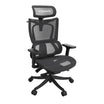
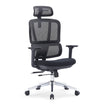
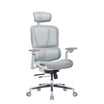
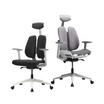

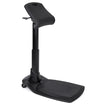
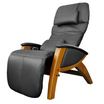
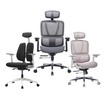

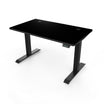
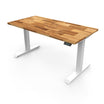
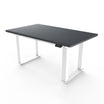

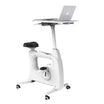
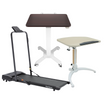


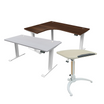




![Impact Ergonomic Kids Study Desk [Length Options Available]](http://ergoworks.com.sg/cdn/shop/files/KidDeskMainImageFinal.png?v=1764215536&width=104)
![Impact Ergonomic Kids Desk & Chair [FREE Spindle bookshelf & Eye Care Lamp Worth $318.90] [Chair & Length Options Available]](http://ergoworks.com.sg/cdn/shop/files/Kids_Desk_Nov_Promo_Square_Shopify.jpg?v=1761955288&width=104)




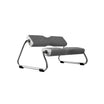
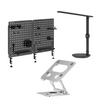




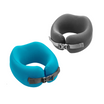
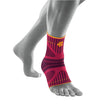





Leave a comment
This site is protected by hCaptcha and the hCaptcha Privacy Policy and Terms of Service apply.